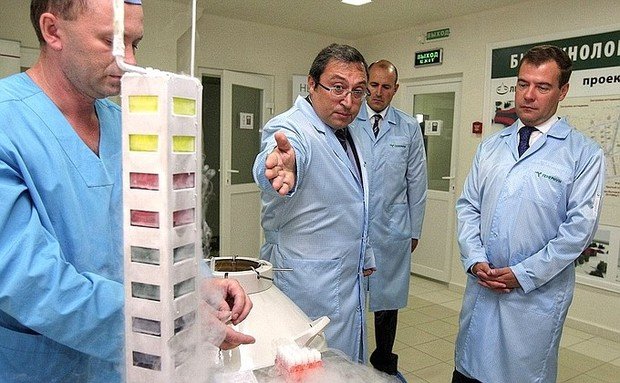Pharma market in Russia to be more accessible to foreign generics
Generic medicines, which are equivalent to brand-name products but do not carry a well-known name, are quite popular in Russia. Last year, the share of generics amounted to 64% of the market in monetary terms. It is likely to increase further due to new requirements that make drug registration process easier.
The generic pharmaceutical industry of the US, Japan, the EU and other countries have good opportunities to gain profits in Russia despite the strong governmental support of local drug manufacturers, states PRNewswire citing ARS PharmRussia. Russia is among the top generic drug markets in the world: in 2017, generics accounted for 64% of the market in monetary and for 88% in natural terms with gastrointestinal, cardiovascular and central nervous system drugs leading in sales.
Among all foreign players, Indian pharmaceutical companies are the most active in the Russian market. Last year, 151 of 222 local bioequivalence clinical studies approved by the Russian Ministry of Health were initiated by local companies, 31 trials by Indian producers, 25 projects by EU developers and none by producers from China or Brazil.
This year, it is expected that the rules of the Eurasian Economic Union on medicines' registration, examination and bioequivalence investigation, which are very close to the EU guidelines, will come in force. According to the legislation, drug makers will be allowed to register a medicine based on their own clinical research data obtained in Europe, the United States or Japan before 2016. Besides, a reference product may now originate from these countries and not compulsory from Russia.

Given that about three dozen state and private bioequivalence research units actively compete with each other in Russia, there is plenty of underutilised capacity for pharmaceutical companies. In 2017, the average workload was eight bioequivalence projects per unit per year ranging from one to 28 studies per centre.
At the moment, the Russian finished drugs market remains competitive and lucrative for foreign players. Russian producers of locally finished drugs are highly dependent on foreign active pharmaceutical ingredients (APIs), mostly from China, India and France, as about 90% of Russian drugs are now made of imported substances. The government plans to provide preferences to domestic full-cycle producers to stimulate higher localisation of API production.